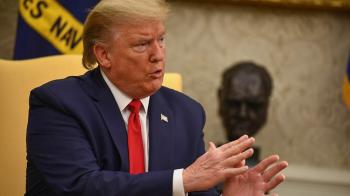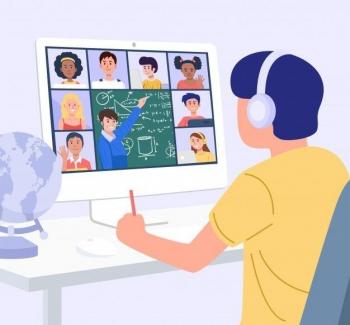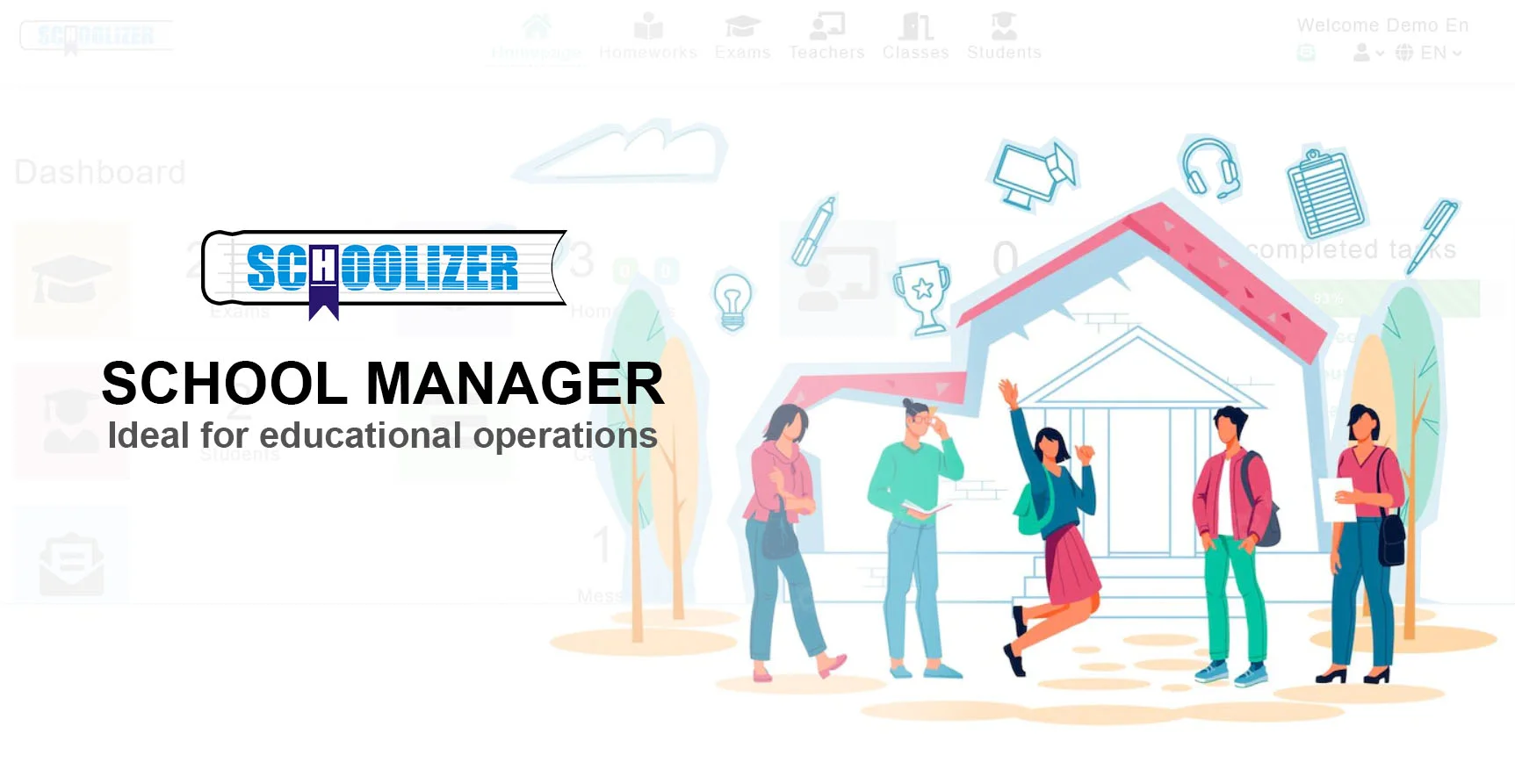Trump's Higher Education Legacy: How Four Campuses Adapted to Policy Shifts

How Trump's Policies Are Reshaping Higher Education: A Campus Perspective
What changes has former President Donald Trump brought to American higher education? Why do his policies continue to spark debate on college campuses? How are students, faculty, and administrators adapting to these shifts? The answers to these questions reveal a complex landscape where politics, education, and social values intersect.
The Political Climate on College Campuses
The Trump administration's approach to higher education created a polarized environment on many campuses. Some institutions saw increased political activism, while others struggled with maintaining open dialogue. At the University of Michigan, for example, conservative student groups reported feeling emboldened by Trump's presidency, while progressive organizations intensified their opposition to administration policies.
This polarization manifested in various ways, from heated classroom discussions to large-scale campus protests. Many universities found themselves walking a tightrope between protecting free speech and maintaining inclusive environments. The practical challenge became how to foster constructive debate without allowing political differences to disrupt the educational mission.
Changes to Title IX and Campus Sexual Assault Policies
One of the most significant policy shifts under Trump involved Title IX regulations. The administration introduced new rules that gave more rights to those accused of sexual misconduct while reducing institutional liability. These changes sparked intense debate at schools like Duke University, where survivor advocacy groups argued the new policies would discourage reporting.
The practical application of these rules created confusion on many campuses. Administrators had to quickly adapt their procedures while balancing competing concerns about due process and victim support. At smaller colleges with limited resources, implementing these changes proved particularly challenging.

Immigration Policies and International Students
Trump's immigration policies created uncertainty for international students across the country. Travel bans, visa restrictions, and rhetoric about foreign students led to enrollment declines at some institutions. Arizona State University, with its large international population, had to establish special support services to help students navigate the changing landscape.
The practical consequences extended beyond enrollment numbers. Many STEM programs worried about losing top talent, while humanities departments saw declines in certain language programs. Universities also faced financial pressures as international students, who often pay full tuition, became hesitant to study in the U.S.

Shifts in Federal Funding and Research Priorities
The Trump administration's budget proposals frequently targeted cuts to higher education funding, particularly for programs focused on climate change and social sciences. While Congress often blocked these cuts, the proposals created uncertainty for research universities. At the University of Wisconsin-Madison, researchers reported spending more time seeking alternative funding sources.
These funding shifts had real-world impacts on graduate education and scientific innovation. Some departments adjusted their research focus to align with administration priorities, while others doubled down on private fundraising efforts. The long-term effects on American research competitiveness remain a concern for many in academia.

Campus Free Speech and Conservative Voices
The Trump administration made campus free speech a priority, particularly the rights of conservative speakers. This led to high-profile incidents at places like UC Berkeley, where controversial speakers faced protests. The administration's executive order tying federal funding to free speech protections forced many schools to re-examine their policies.
In practice, this created new challenges for campus event planning and security budgets. Some schools implemented new speaker policies, while others saw increased demand for neutral moderators at political events. The debate over balancing free expression with campus safety continues to evolve.
The Lasting Impact on Higher Education
As the Biden administration reverses some Trump-era policies, the higher education landscape continues to adjust. However, many changes implemented during those years have left lasting marks. From Title IX procedures to international student recruitment strategies, colleges are operating in a fundamentally different environment.
The experience has also prompted broader discussions about the role of politics in higher education and how institutions can maintain their educational missions amid political turbulence. These conversations will likely continue shaping American campuses for years to come.







